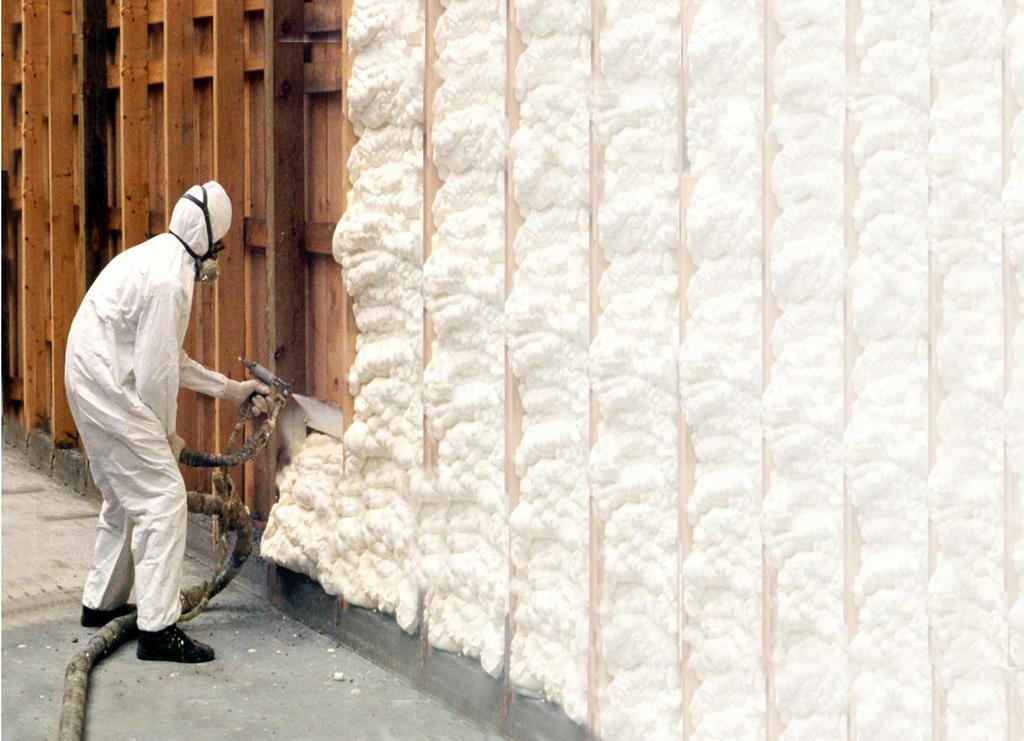
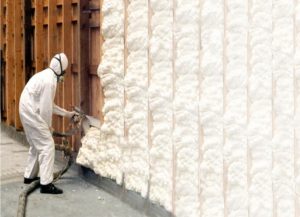 It is important to understand thermal barriers when it comes to proper installation of spray foam insulation, specifically what the ICC building code says about spray foam insulation. The building code specifically talks about foam plastic installation including spray foam, extruded polystyrene, ISO boards, and other forms of foam plastic insulation material.
It is important to understand thermal barriers when it comes to proper installation of spray foam insulation, specifically what the ICC building code says about spray foam insulation. The building code specifically talks about foam plastic installation including spray foam, extruded polystyrene, ISO boards, and other forms of foam plastic insulation material.
The ICC building code says that all foam plastic insulations must be separated from the interior of the building by a 15-minute thermal barrier. Because foam is combustible, this code helps provide time for occupants to vacate the building in the event of fire.
One-half inch of gypsum board is the prescriptive thermal barrier of the building code. Gypsum board is comprised of crushed rock and is fire resistant. Gypsum board can be omitted as the thermal barrier by applying a cementitious-based product that passes a standalone thermal barrier test. This is spray applied over the surface.
Another option that is often considered is an intumescent coating. While technically an intumescent coating is not a thermal barrier, an intumescent coating tested over a specific spray foam can provide an interior finish system that omits the thermal barrier requirement. This can be desirable in open concept spaces, providing an interior finish that can be left exposed.
When using something other than half-inch gypsum board, the thermal barrier must meet the prescriptive requirements of the code. Thank you to Spray Foam Advisor for this valuable information. For more information we invite you to view the video to the right. Contact our office to discuss spray foam insulation and thermal barrier.

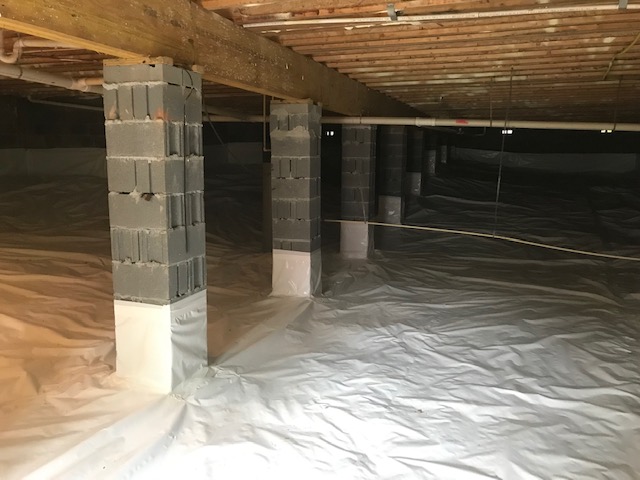
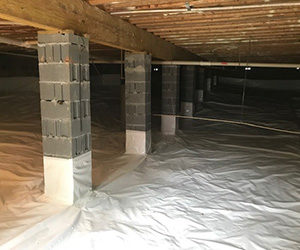 Most homes in the Auburn, AL area are built on a crawl space. A crawl space provides access to pipes and ductwork under the home. Many crawl spaces are not sealed and this may not seem like a high priority project.
Most homes in the Auburn, AL area are built on a crawl space. A crawl space provides access to pipes and ductwork under the home. Many crawl spaces are not sealed and this may not seem like a high priority project.
 The building envelope is simply what lies between the interior and the exterior of a structure. It consists of all the parts of the outer shell that assist in indoor climate control such as the foundation, roof, walls, doors, windows, ceiling and their insulation and barriers. Also known as the thermal envelope, managing this area helps to prevent the transfer of conditioned interior air to the exterior and vice versa.
The building envelope is simply what lies between the interior and the exterior of a structure. It consists of all the parts of the outer shell that assist in indoor climate control such as the foundation, roof, walls, doors, windows, ceiling and their insulation and barriers. Also known as the thermal envelope, managing this area helps to prevent the transfer of conditioned interior air to the exterior and vice versa.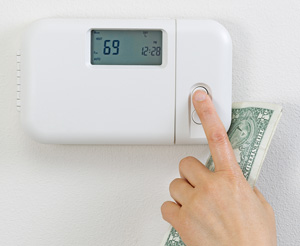
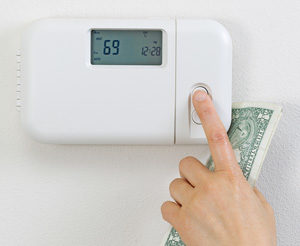 Insulation is the most practical and cost-effective way to make a house more energy efficient. Insulation keeps a home cool during summer and warm during winter. Insulating and air sealing can lower annual energy bills by up to 10 percent.
Insulation is the most practical and cost-effective way to make a house more energy efficient. Insulation keeps a home cool during summer and warm during winter. Insulating and air sealing can lower annual energy bills by up to 10 percent.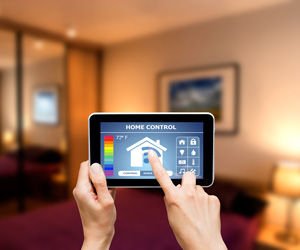
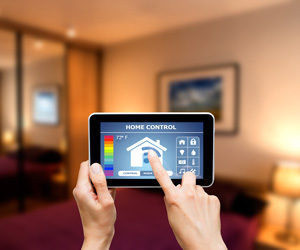 You’ve recently invested in upgraded insulation for your existing or new home. You’re saving money on energy bills and your home feels comfortable. What if you could take the savings and comfort one step further? Consider adding home automation.
You’ve recently invested in upgraded insulation for your existing or new home. You’re saving money on energy bills and your home feels comfortable. What if you could take the savings and comfort one step further? Consider adding home automation.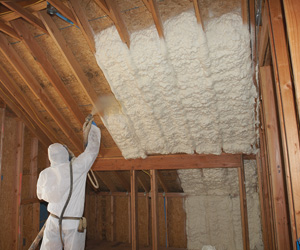
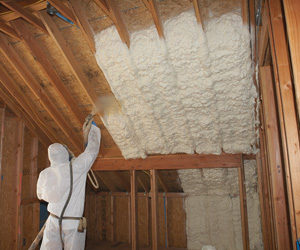 Homes, offices and commercial buildings in and around
Homes, offices and commercial buildings in and around 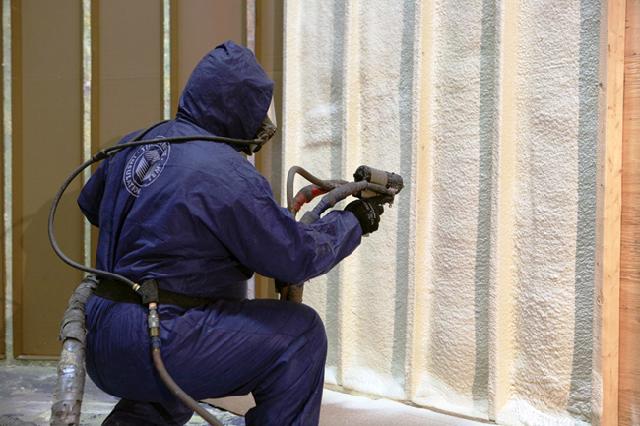
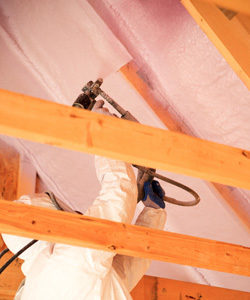 Looking to reduce wear and tear on your HVAC system and create a more consistent climate in your home? An unvented attic assembly may be your answer – and it’s an insulation method that’s become popular in recent years.
Looking to reduce wear and tear on your HVAC system and create a more consistent climate in your home? An unvented attic assembly may be your answer – and it’s an insulation method that’s become popular in recent years.
 When thinking of poor air quality, many of us don’t think about the indoor air we breathe throughout the day. In fact, most of the exposure we have to pollutants in the air is from indoor air we breathe. Indoor air is anywhere from two to five times more polluted than outdoor air. Indoor air pollutants can come from outside air infiltration that isn’t properly ventilated, materials used in the manufacturing of home furnishings, cleaning products and more.
When thinking of poor air quality, many of us don’t think about the indoor air we breathe throughout the day. In fact, most of the exposure we have to pollutants in the air is from indoor air we breathe. Indoor air is anywhere from two to five times more polluted than outdoor air. Indoor air pollutants can come from outside air infiltration that isn’t properly ventilated, materials used in the manufacturing of home furnishings, cleaning products and more.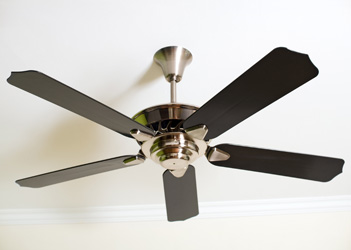
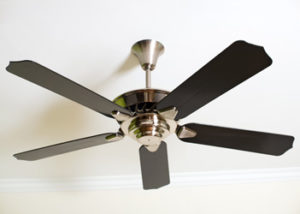 High heat and humidity can take a toll on our homes and our energy bills. Don’t let high temps take the fun out of summer and money out of your wallet. Here are five easy ways to save energy (and money) this summer.
High heat and humidity can take a toll on our homes and our energy bills. Don’t let high temps take the fun out of summer and money out of your wallet. Here are five easy ways to save energy (and money) this summer.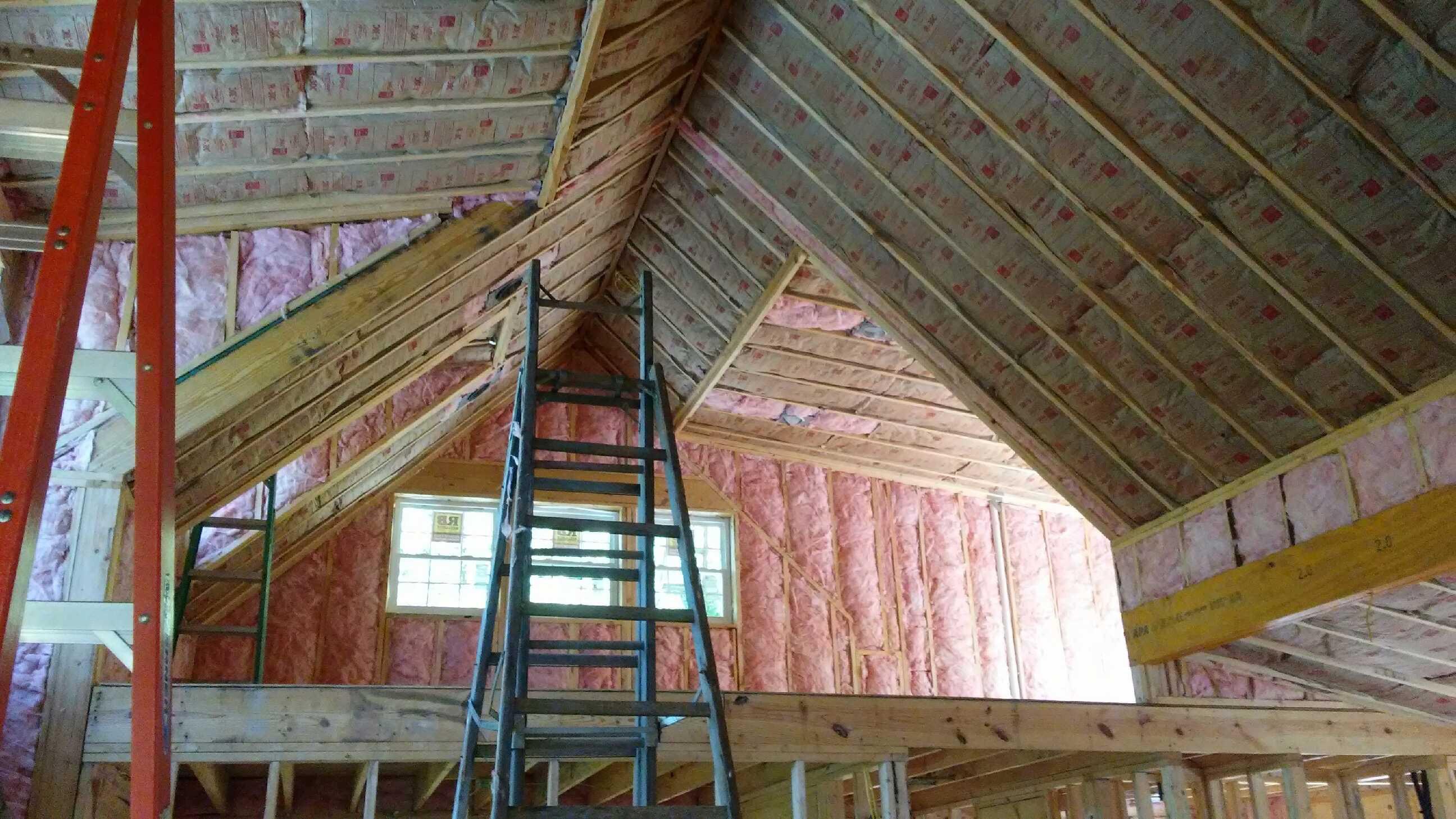
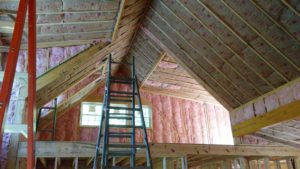 In 2006, The Residential Energy Services Network revised home energy rating standards. These new standards included grading insulation projects based on the quality of the installation work. This means a properly installed job would receive a higher rating (and be more energy efficient) than a poorly installed job.
In 2006, The Residential Energy Services Network revised home energy rating standards. These new standards included grading insulation projects based on the quality of the installation work. This means a properly installed job would receive a higher rating (and be more energy efficient) than a poorly installed job.